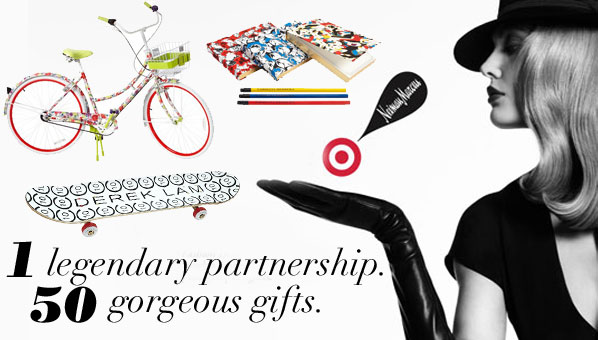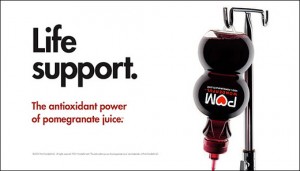Does he look familiar?

Maybe not.
Watch this video.
I’m guessing you’ll remember him now? Ya, I thought so.
I initially saw the video about the Bubba’s Hover on Adweek. The article by Tim Nudd really caught my attention because of the picture it had on display. After reading the article, it seemed plausible that the entire video was a prank considering it was “released suspiciously close to April Fools’ Day.”
After confirmation, Bubba Watson and Oakley really did collaborate on the new hovercraft that is designed by Neoteric Hovercraft. In my opinion, this is, hands down, the coolest thing to happen to golf.
This innovative design has many people asking for it in their local golf courses. But at a steep price of approximately $40,000 per vehicle, it is only making the rich man’s sport even richer.
So, what value does a $40,000 hovercraft bring to golfers?
- makes their sport infinitely cooler
- allows for easier access of the golf course, especially on water and in the woods
- doesn’t mess up the flawless green grass





